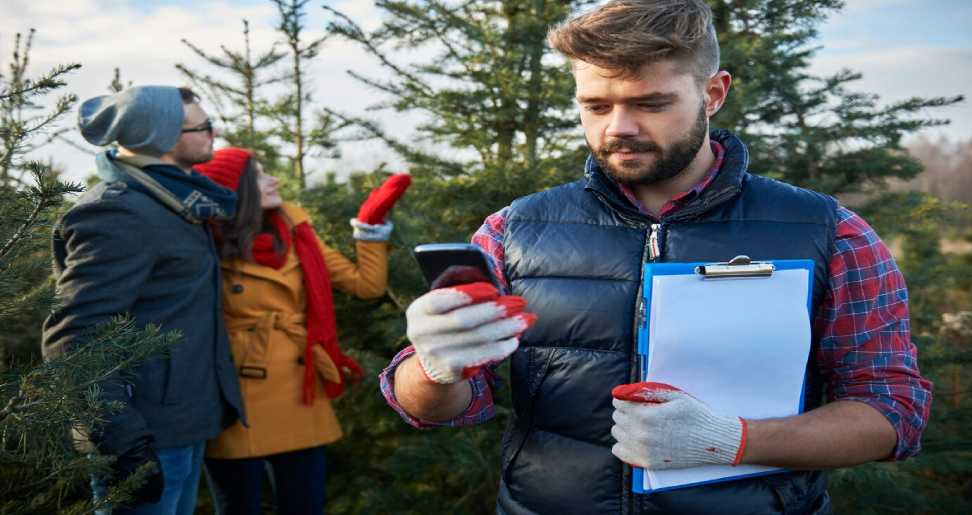Ready for the great outdoors? Whether you’re an adventure traveler, remote worker, or outdoor enthusiast, venturing into remote areas comes with challenges. This guide covers essential tips and tools to prepare for emergencies, ensuring your journeys are safe and exhilarating.
Understanding the Environment
Unique Challenges of Remote Areas
Remote areas offer breathtaking beauty and peaceful solitude, but they also present unique challenges. Unlike well-trodden paths, these terrains are often less predictable and can be more dangerous. You might find yourself far from immediate help, making self-reliance critical.
Weather Patterns and Terrain
Weather in remote areas can change rapidly, turning a sunny hike into a dangerous storm in minutes. Knowing the weather patterns specific to your destination can help you prepare appropriately. Additionally, different terrains — from dense forests to arid deserts — bring their own hazards, such as difficult navigation and limited water sources.
Geographical Considerations
Understanding the geographical features of a remote area is vital. Mountains, rivers, and valleys can affect your travel plans and emergency protocols. Familiarize yourself with local wildlife, plant life, and any natural obstacles that may impact your safety.
Essential Gear and Tools
Must-Have Items for Emergencies
When heading into remote areas, packing the right gear can make all the difference. Your first aid kit should be comprehensive, including items like bandages, antiseptics, tweezers, and pain relievers. This kit is your first line of defense against injuries and illnesses that could otherwise escalate.
Communication Devices
Staying connected when you’re miles away from civilization is crucial. Invest in a satellite phone, portable satellite internet for RV, or a personal locator beacon (PLB). These devices can send SOS signals and your location to rescue teams, even when regular cell service is unavailable.
Navigation Tools
Never underestimate the importance of reliable navigation tools. A GPS device, compass, and detailed maps can help you stay on track and avoid getting lost. These tools are essential for safely navigating unfamiliar terrain.
Preparation and Planning
Research the Area
Before you set off on your adventure, research your destination thoroughly. Understand the local climate, terrain, and any potential hazards. Study maps and trail guides to familiarize yourself with the area.
Notify Someone of Your Plans
Always inform a trusted person about your travel plans. Provide them with a detailed itinerary, including your expected arrival and departure times, and the routes you plan to take. This information can be crucial in case you need to be located.
Create an Emergency Plan
An emergency plan can be a lifesaver. Outline steps for different scenarios, such as getting lost or encountering dangerous wildlife. Knowing what to do in these situations will help you stay calm and act swiftly.
Dealing with Common Emergencies
Getting Lost
No one plans to get lost, but it can happen to even the most experienced adventurers. If you find yourself off-track, stop moving and try to retrace your steps. Use your GPS device and maps to determine your location and plan a route back to familiar territory.
Encountering Wildlife
Wildlife encounters can be thrilling but also dangerous. Learn about the local fauna and how to react if you come across potentially hazardous animals. For instance, making loud noises can often scare away bears, while staying calm and backing away slowly is advisable for snakes.
Sustaining Injuries
Injuries in remote areas can range from minor cuts to severe fractures. Knowing basic first aid is essential. Clean and dress wounds immediately to prevent infection. For more serious injuries, use your communication device to call for help and stay put until rescue arrives.
Rescues and Evacuations
How to Signal for Help
Signaling for help can mean the difference between life and death. Use reflective mirrors, flares, or signal fires to attract attention. Satellite phones and PLBs can send distress signals directly to rescue teams.
What to Do While Awaiting Rescue
Remaining calm while waiting for rescue is crucial. Stay in one place to increase your chances of being found. Conserve your energy, ration your food and water, and keep warm using available clothing and shelter.
Post-Emergency Protocols
Updating Contacts on Your Status
Once the emergency has passed, update your contacts on your status. Inform them that you’re safe and provide details about your experience. This will prevent unnecessary worry and help them understand what happened.
Reflecting on the Experience
After dealing with an emergency, take time to reflect on the experience. Analyze what went wrong and what you could have done differently. This reflection will make you better prepared for future adventures.
Continuous Learning and Improvement
Learning from your experiences and continuously improving your skills is key to becoming a seasoned adventurer. Attend wilderness survival courses and stay updated on the latest safety techniques and technologies.
Conclusion
Navigating emergencies in remote areas requires preparation, the right tools, and knowledge. By understanding the environment, packing essential gear, planning meticulously, and knowing how to deal with common emergencies, you can transform potential disasters into manageable situations.
Have A Look :-
- Decoding the Gram: What Does NFS Mean on Instagram?
- Clearing the Clutter: A Guide to Facebook Cache Cleanup
- Up Your Social Media Game: Turning on Professional Mode on Facebook

